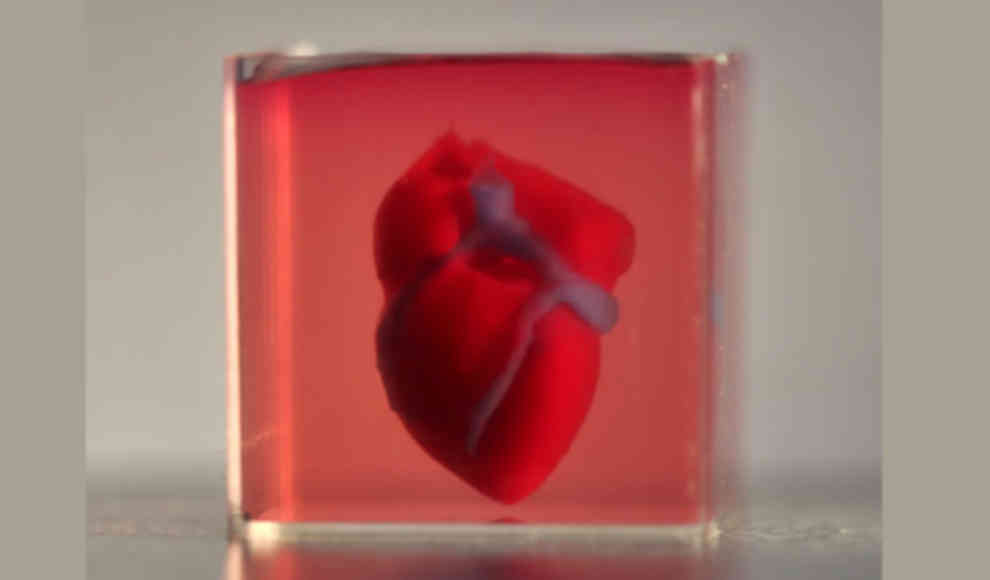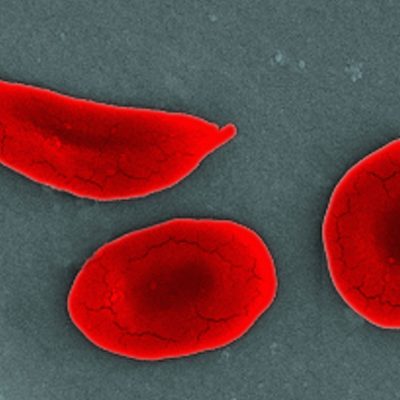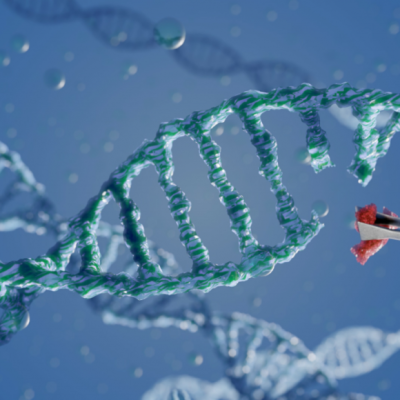In a groundbreaking development, scientists at Tel Aviv University have created a prototype of an artificial heart using 3D printing technology. The heart is made entirely of human tissue, specifically fat cells taken from the patient, making it fully biocompatible. While the heart is the first complete organ of its kind to be created using 3D printing, it is not yet fully functional. The cells are not yet synchronized, meaning the heart’s pumping function is not yet coordinated. However, once this issue is resolved, the artificial heart could potentially replace donor organs and save the lives of people with heart disease.
The heart, which is about the size of a rabbit’s heart, has all the properties of a human heart and already has individual chambers. According to Tal Dvir, the lead researcher and biotechnologist, the heart is currently comparable to that of a human fetus. The artificial heart offers several advantages over donor organs, including greater availability and complete compatibility with the recipient. In many cases, donor organs are rejected by the body, requiring the recipient’s immune system to be suppressed. However, since the artificial heart is made from the patient’s own fat cells, it is fully biocompatible.
The scientists used fat tissue from a patient’s abdomen to create pluripotent stem cells, which can be programmed to become various types of cells, including heart cells. They then created a hydrogel from the azellular material, which was used as a support structure for the artificial heart. The scientists then used a bio-ink made from endothelial and heart muscle cells and the hydrogel to create tissue patches, which were then used to create the complete heart. While the heart looks like a natural heart, it is not yet fully functional. The scientists are working to resolve the issue of the cells not being synchronized, which is necessary for the heart’s pumping function. The scientists hope to conduct animal testing within a year and clinical trials with humans in the future.










